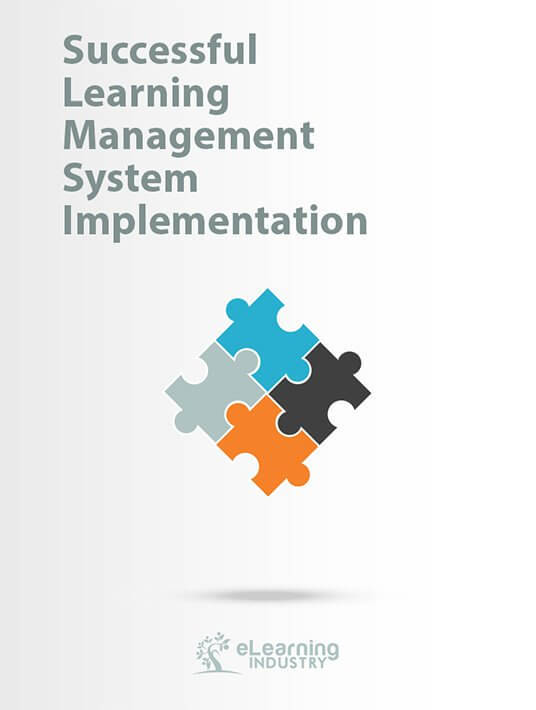1. Set Your Expectations And Learning Objectives
In order to get the most out of your new LMS, it’s critical to take a look at the learning goals and objectives that you want to achieve through your eLearning. Each requirement should express a specific need.
Your Learning Management System offers a wide range of features. However, you need to identify the key features that prompted the implementation, and focus on those needs for your LMS implementation.
Most importantly, make sure your LMS lets you map both your organizational structure, and the learning requirements across the organization, so you can easily identify and address any gaps.
2. Assemble An Implementation Team
When you are planning a new LMS implementation, ensure you are allowing yourself enough time to work on it. To get the right team members on board, every department within your organization should be involved in the process. To get started, gather both a core team and an extended team that spans your organization:
- The core team will take charge of the implementation tasks and decisions. The size of the core team should reflect the size of your organization.
- The extended team, that includes a sample of end users (employees, customers, members or partners) and an IT, will help with testing and will provide feedback on the LMS.
3. Identify Key Technical Challenges
If you already use an LMS and you are switching to a new one, you will need to ensure that no data is lost during the migration process. Partner with your LMS provider to establish how data will be transferred (file upload, download, physical transfer or automated transfer via an API).
If your legacy system is integrated with a third party application like an HRIS, ERP or CRM System, IT techs from your company and from your LMS provider should also discuss the integration capabilities of your new platform and the timeframe for implementation.
Also, review the format of your existing course content files with your LMS provider to identify any incompatibilities that could delay your LMS implementation. Make sure your LMS supports SCORM and TinCan; it will ease your course migration.
4. Plan For Data Migration
Before migrating all of your existing training data and eLearning courses, think about which data are absolutely needed. The more data you migrate, the more time it will take. Check if your organization has already established an information retention policy for guidance.
Then you need to migrate your user information and profiles in the platform. If you are integrating the new LMS needs with an HRIS, ERP or CRM system, an API can automate the load for you. You’ll be working with your IT department to plan, develop, implement and test the connector.
If you’re not using an API to connect to an existing “people” system, you will need to transfer users from the legacy system to the new LMS with a manual process. Check with your LMS provider to see what options are available to help you with a manual migration.
5. Test Your New LMS
In order to succeed, make sure you allocate enough time to testing. Assign a manager to oversee the entire testing process including the test schedule, the collection of feedback and the assignment of work to address any issues that are identified by the testers.
Before rolling out your new system across the entire organization, consider a soft launch. Ask your extended team to test the software for a two or three-week period.
Finally, ensure your LMS provider offers training. At minimum, 1-2 training administrators should take the course to help you start quickly and achieve your desired learning objectives.
6. Look For New Opportunities
Stay in touch with your LMS provider to learn about new features as they are introduced, and take any opportunities you have to share your feedback with your vendor. Your wish might just become the next new feature they build.
Once your new LMS is fully implemented, look for opportunities for continuous improvement. The learning space is constantly changing and so are your organization’s requirements.


